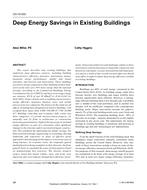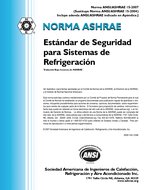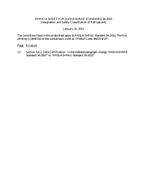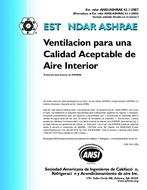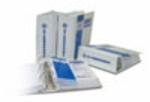Description
This report describes nine existing buildings that underwent deep efficiency projects, including building characteristics, efficiency measures, motivations, money, measured energy performance, market and tenant outcomes, and barriers and innovations. These buildings are all low energy compared to other buildings of their kind; seven of the nine save 50% more energy than the national average, according to the Commercial Buildings Energy Consumption Survey (CBECS) and have an average energy use intensity (EUI) of just 39 kBtu/ft²/yr (0.44 GJ/m²/yr) (EIA ²003). Project details such as building characteristics, energy efficiency measures, business cases, and retrofit process notes are compared. The projects in this study are all offices, including three designated as historic buildings, with occupied floor space from 8,000–394,000 ft² (700–36,000 m²). Building ownership and occupancy falls evenly into three categories: (1) private investor-leased property, (2) nonprofit, and (3) firms in architecture or construction focused on green business. Eight of the nine projects included energy efficiency as part of a renovation when significant changes to the structure and/or use involved major construction. This optimized the opportunity for deeper savings. For firms involved in design, engineering, or consulting, showing leadership and experience in areas of effective green approaches and emerging technologies is a necessary part of doing business. In economic terms, the nonprofits gained funding based on being exemplary in their missions; the firms gained clients or expanded the scope of client projects based on demonstrating best practices. The investor property owners stated that tenant volume, rates, and terms were improved, and costs reduced, through their efficiency investments. Owners faced barriers and challenges similar to those seen in most construction projects, frequently citing costs and historical constraints. Lessons learned from individual projects and as a result of this overall research effort are shared in an effort to improve future deep energy-efficiency retrofits in existing buildings.
Citation: ASHRAE Transactions – Volume 121, Part 1, Chicago, IL
Product Details
- Published:
- 2015
- Number of Pages:
- 15
- File Size:
- 1 file , 2.5 MB
- Product Code(s):
- D-CH-15-033
